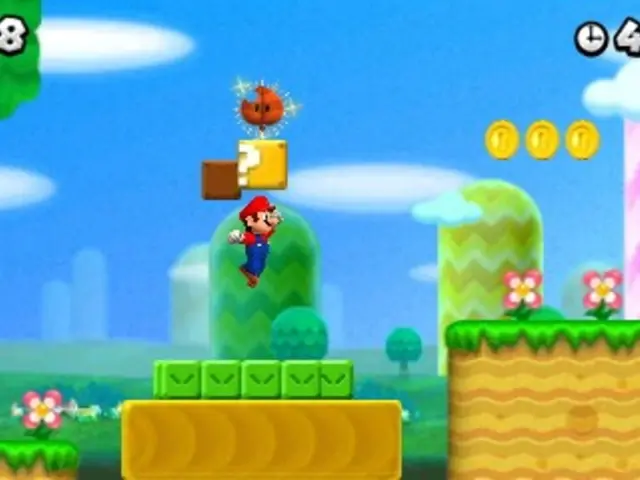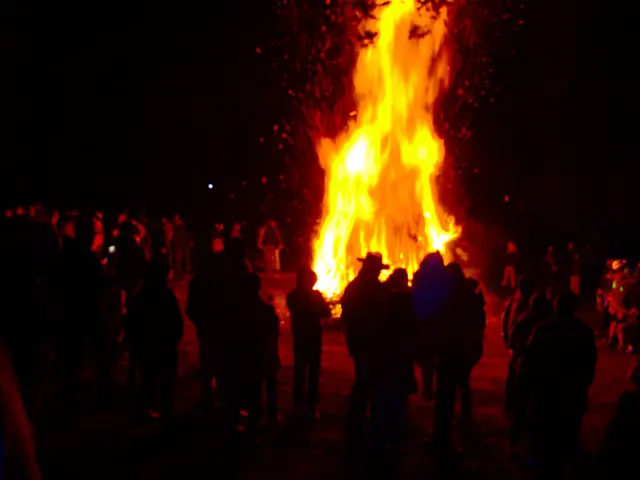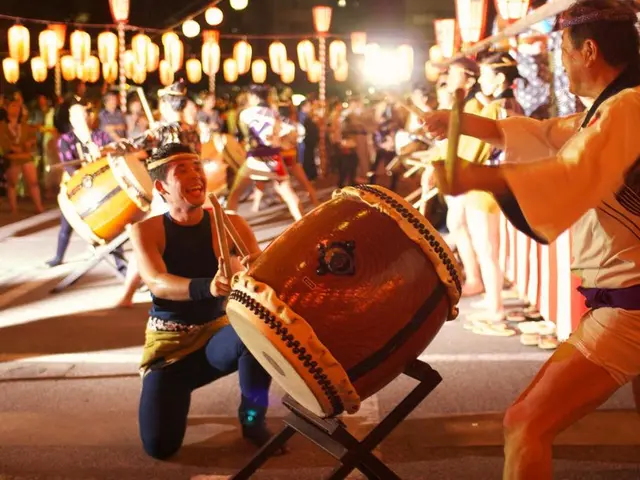Bonsai trees dropping leaves during winter explained
Indoor bonsai trees, despite their miniature size, can face challenges during winter. While some bonsai species are deciduous and naturally shed leaves in colder months, indoor conditions can exacerbate leaf drop, especially for subtropical or tropical varieties.
One of the main factors contributing to winter leaf drop is low humidity. Winter heating indoors can reduce air moisture, causing stress, leaf tip burn, and premature leaf drop, particularly in tropical bonsai like ficus.
Inadequate light is another issue. Reduced natural light in winter or improper indoor placement can cause bonsai to weaken and drop leaves.
Watering issues also play a significant role. Over- or under-watering often leads to leaf loss, as roots either dry out or rot, disturbing water uptake. Determining if watering is the reason behind bonsai leaf drop requires examining the soil to check if it is dry or soggy.
Temperature stress can also induce leaf drop in sensitive bonsai. Sudden cold drafts or too warm conditions can cause leaves to turn yellow and fall off.
To combat these issues, improving humidity levels, ensuring adequate light, and maintaining consistent watering can reduce unwanted leaf drop. Insecticidal soap or neem oil can help control pests like aphids and scale insects, while maintaining humidity levels can help deter spider mites.
It's also essential to address any underlying issues, such as improper care, pests, or diseases. Over-fertilization can cause bonsai tree leaves to turn brown and fall off due to root damage, while diseases like powdery mildew, root rot, anthracnose, and rust can cause leaf loss if left untreated. Use a balanced bonsai food to prevent fertilizer burn and ensure proper nutrient levels.
Proper temperature is crucial for bonsai trees. The ideal temperature varies depending on the variety, usually between 6-12 hours of mostly indirect sunlight. To address temperature issues, move the tree to an ideal location, supplement with artificial light, or provide a sheer covering.
For additional bonsai care information and resources, visit our platform for articles and a shop dedicated to bonsai needs. Remember, with the right care and attention, your indoor bonsai can thrive even during the winter months.
Home-and-garden enthusiasts may find gardening their tropical bonsai trees in colder months challenging due to low humidity and indirect light. To maintain the lifestyle of healthy bonsai plants, humidity levels should be improved, and adequate light provided for proper growth.








